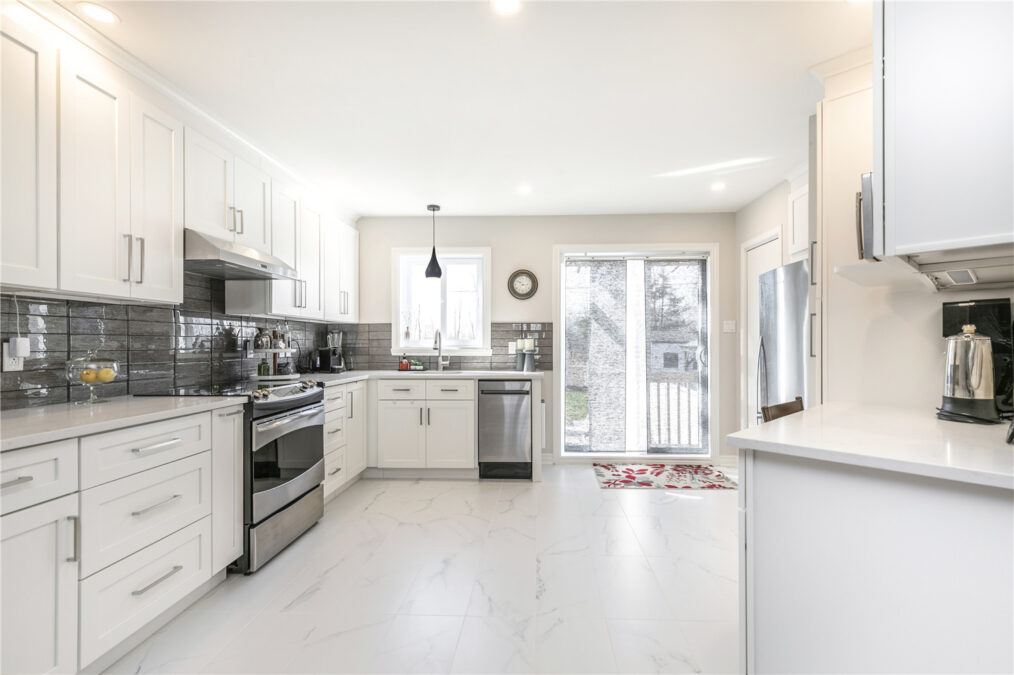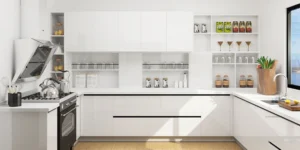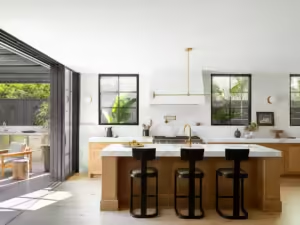Best Paint for Cabinets: A Complete Guide to Transforming Your Kitchen or Bathroom

Revamping your cabinets can breathe new life into your kitchen or bathroom, and one of the most effective ways to do it is with a fresh coat of paint. Choosing the best paint for cabinets can make a significant difference, not only in the look and finish but also in durability and ease of maintenance. This guide reviews the various types of cabinet paint available, considerations for picking the right one, and tips for achieving a professional-looking finish. Whether a DIY novice or a seasoned pro, this article has everything you need to know to make your cabinet-painting project successful.
Why Choosing the Best Paint for Cabinets Matters
Painting cabinets is not the same as painting walls or trim. Cabinets, especially in the kitchen, are subject to heavy use, frequent handling, and constant exposure to moisture, grease, and temperature changes. The best paint for cabinets should look good and hold up well under these conditions. Choosing the wrong type of paint can lead to chips, scratches, and fading, which may result in a disappointing finish and the need to repaint sooner than expected.
Types of Paints for Cabinets
Several types of paints work well for cabinets, but each has pros and cons. Here are the most popular types to consider:
1. Acrylic Paint
Acrylic paint is a durable, water-based paint that dries relatively quickly and is easy to clean. It’s famous for its versatility and low odor, making it a good option for DIYers who want to avoid strong fumes. Acrylic paint also offers a smooth finish and is available in various colors. However, while it’s an excellent choice for lightly used cabinets, it may not be as durable as other options.
Pros: Low odor, quick-drying, easy to clean up
Cons: Less durable than oil-based paints, can show brush marks if not applied carefully
2. Oil-Based Paint
Oil-based paint has traditionally been considered the best for cabinets due to its durability and ability to create a complex, smooth finish. It stands up well to heavy use and is resistant to moisture and stains, which is ideal for kitchen cabinets. However, oil-based paints take longer to dry, produce strong fumes, and require mineral spirits or paint thinner for cleanup.
Pros: Extremely durable, smooth finish, excellent for high-traffic areas
Cons: Longer drying Time, strong fumes, more difficult cleanup
3. Alkyd Paint
Alkyd paint is technically a hybrid, with properties similar to oil-based paint but with a water-based formula. It has become increasingly popular in recent years as it offers the durability of oil-based paints without harsh solvents. Due to its durability and easy application, alkyd paint is considered one of the best paint types for cabinets.
Pros: Durable, smooth finish, easier cleanup than oil-based paint
Cons: Higher cost, limited color options compared to other paints
4. Chalk Paint
Chalk paint is famous for homeowners looking for a unique, vintage, or matte finish. While it’s not as durable as other options, it can create a distressed or rustic look, ideal for farmhouse or shabby-chic styles. Chalk paint usually requires a wax or polyurethane topcoat to add durability, making it less practical for high-traffic cabinets but ideal for decorative or occasional-use areas.
Pros: Unique matte finish, easy to distress for a rustic look
Cons: Requires a topcoat, less durable, may not hold up to frequent use
5. Latex Enamel Paint
Latex enamel paint offers the ease of water-based latex with a finish closer to oil-based paint. It’s durable, quick-drying, and easy to clean, making it a practical choice for kitchen and bathroom cabinets. Latex enamel paint is also less prone to yellowing over Time, which is a common isTimewith o-based with
Pros: Durable, low odor, easy cleanup, less yellowing
Cons: Not as hard a finish as oil-based or alkyd paints
Factors to Consider When Choosing the Best Paint for Cabinets
Now that you know about the different types of paint, it’s essential to consider a few key factors to make the best choice for your specific needs.
1. Durability
Since cabinets are frequently handled and subjected to wear and tear, you need paint that can withstand the task. Oil-based and alkyd paints are generally the most durable, while acrylic and latex paints suit lower-traffic areas.
2. Finish
The finish you choose will affect the painting’s look and longevity. For cabinets, the best finishes are usually satin, semi-gloss, or gloss, as they are more durable, washable, and moisture-resistant. Gloss finishes are the most durable and easiest to clean but may show imperfections more easily. Satin and semi-gloss are reasonable middle ground, offering durability without highlighting every imperfection.
3. Drying Time
Drying time can be essential if you’re painting cabinets in a space you need to use daily; dil-based paints, while durable, take longer to dry. Water-based options like acrylic and latex are quicker to dry, making them more convenient for high-traffic areas.
4. Ease of Application
For DIYers, ease of application is a significant consideration. Oil-based paints are known for providing a smooth finish but are more challenging to work with and require a steady hand to avoid brush marks. Acrylic and latex paints are more accessible and can offer a smooth finish if applied carefully.
5. Color and Style
Finally, consider your design goals. Chalk paint, for example, is excellent if you’re going for a vintage or rustic style, but it’s not practical for heavy-use cabinets unless you apply a topcoat. The paint’s color and finish will significantly impact, so choose something that complements the rest of your decor.
Steps to Painting Cabinets Like a Pro
Once you’ve chosen the best paint for cabinets based on your needs and style preferences, follow these steps to achieve a high-quality, long-lasting finish.
Step 1: Remove Cabinet Doors and Hardware
Remove all cabinet doors, drawers, and hardware before painting for the best results. This allows you to paint every surface evenly and avoid messy brush marks.
Step 2: Clean and Prep the Cabinets
Kitchens and bathrooms can accumulate grease and grime, so cleaning your cabinets with a degreaser is crucial before painting thoroughly. After cleaning, lightly sand the surfaces to ensure the paint adheres well. Use fine-grit sandpaper (like 120-150 grit) and wipe down the surfaces afterward to remove dust.
Step 3: Apply a Primer
A high-quality primer will help the paint adhere better and provide a more uniform finish. If you paint over a dark or stained surface, a primer can prevent bleed-through and ensure the color appears vibrant. Choose a primer compatible with the type of paint you’ve selected.
Step 4: Apply the Paint
Apply the first coat of paint evenly using a brush, roller, or sprayer. Allow it to dry according to the manufacturer’s instructions before applying a second coat. Two coats are usually sufficient, but you may need three coats for darker colors or if you’re covering a dark surface with a light color.
Step 5: Reassemble the Cabinets
Once the paint is completely dry, reattach the cabinet doors and hardware. Do not rush this step, as handling painted surfaces too soon can lead to smudges or fingerprints.
Maintenance Tips for Painted Cabinets
After all your hard work, yoyou’llant your cabinets to look great for years. Here are some tips to keep them in top shape:
- Use mild cleaners: Avoid harsh chemicals that can strip the paint. Instead, use a mild soap and water solution for regular cleaning.
- Wipe up spills quickly: Moisture and grease can damage painted surfaces, so clean up any spills immediately.
- Avoid excessive scrubbing: While the best paint for cabinets will be durable, frequent, intense scrubbing can wear down the finish over Time.
Conclusion: ChoosingTime Best Paint for Cabinets
Painting cabinets is one of the most effective ways to update your kitchen or bathroom without a complete remodel. You can transform your space and make it look new by choosing the best paint for cabinets—durable oil-based paint, versatile acrylic, or stylish chalk paint. Remember to consider factors like durability, finish, dryingTimee, and ease of application to make the best choice for your needs.
With the right paint and some preparation, your cabinets can have a professional-quality finish that will stand up to daily use and look beautiful for years. Follow these tips and enjoy the satisfaction of a successful DIY project that brings a fresh, stylish look to your home.



